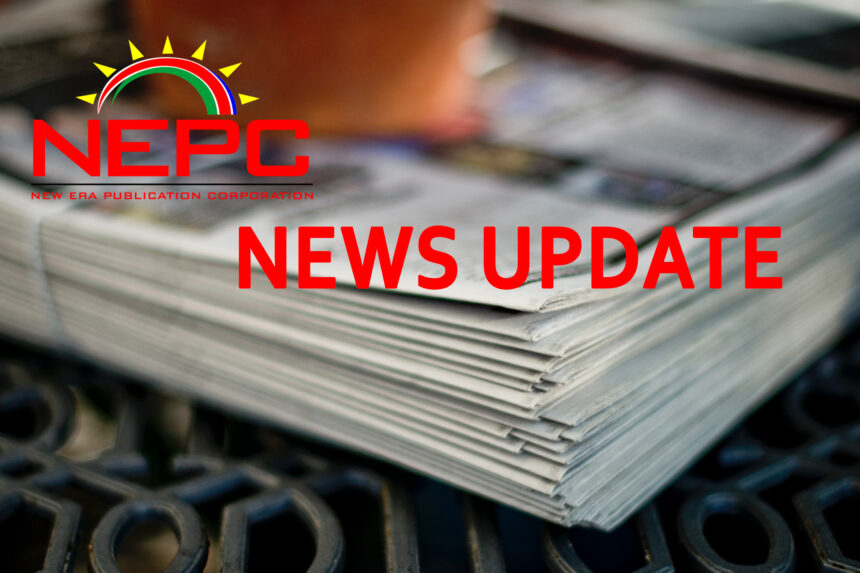FRANKFURT – European Central Bank policymakers were expected to leave borrowing costs on hold yesterday, buying time to make sure inflation is on the right track before cutting interest rates again.
The ECB’s governing council reduced interest rates for the first time in five years at last month’s meeting, following an aggressive cycle of monetary tightening to tame red-hot inflation.
The June cut lowered the key deposit rate from a record 4% to 3.75%, bringing some relief to households and businesses.
But ECB president Christine Lagarde warned in Portugal’s Sintra this month that rate-setters would need time to “gather sufficient data” before deciding their next move.
“The ECB will almost certainly leave its monetary policy unchanged,” said Unicredit economist Marco Valli.
Instead, observers will be listening closely to Lagarde’s afternoon press conference for hints of a rate cut in September, when the ECB will be armed with fresh growth and inflation forecasts.
Eurozone inflation has steadily fallen from a 10.6% official peak in 2022 after Russia’s war in Ukraine and pandemic-related supply issues sent prices surging.
Inflation eased to 2.5% in June, following a surprise uptick in May.
While still above the ECB’s 2% target, inflation is “heading in the right direction”, Lagarde said in Sintra.
But it was “likely to be a bumpy road until the end of 2024”, she warned.
According to quarterly forecasts unveiled in June, the ECB now expects inflation to return to target in late 2025.
But policymakers still see several risk factors on the path to disinflation.
“The ECB is right not to declare victory,” said Capital Economics economist Jack Allen-Reynolds.
Core inflation, which strips out volatile food and energy prices, remained stubbornly high at 2.9% in June. Inflation in the services sector was sticky at 4.1%, and is increasingly becoming a headache for ECB officials. They are also keeping a close eye on wage growth, as workers in the 20-nation currency club push for salary hikes to compensate for higher living costs.
“Stickiness in service prices, fast wage growth and a resilient labour market argue against back-to-back rate reductions,” said Unicredit’s Valli.
The eurozone economy meanwhile emerged from recession with greater-than-expected growth of 0.3% in the first quarter of 2024.
But recent data suggested the economic recovery “has lost steam” in the second quarter, said ING bank economist Carsten Brzeski.
Many observers believe the ECB’s next rate cut will come at the September meeting, when policymakers will have updated information about the progress on inflation and the strength of the economy.
One further rate cut before the end of year is also considered likely, possibly in December, analysts say.
“Investors will look for hints on potential moves in September and afterwards,” Valli said about Lagarde’s press conference.
But Lagarde “will probably stick to her data-dependency mantra, and offer no further guidance,” he added.
September is also when the US Federal Reserve is increasingly expected to begin cutting rates, with confidence growing that US inflation is coming down to target. – Nampa/AFP


